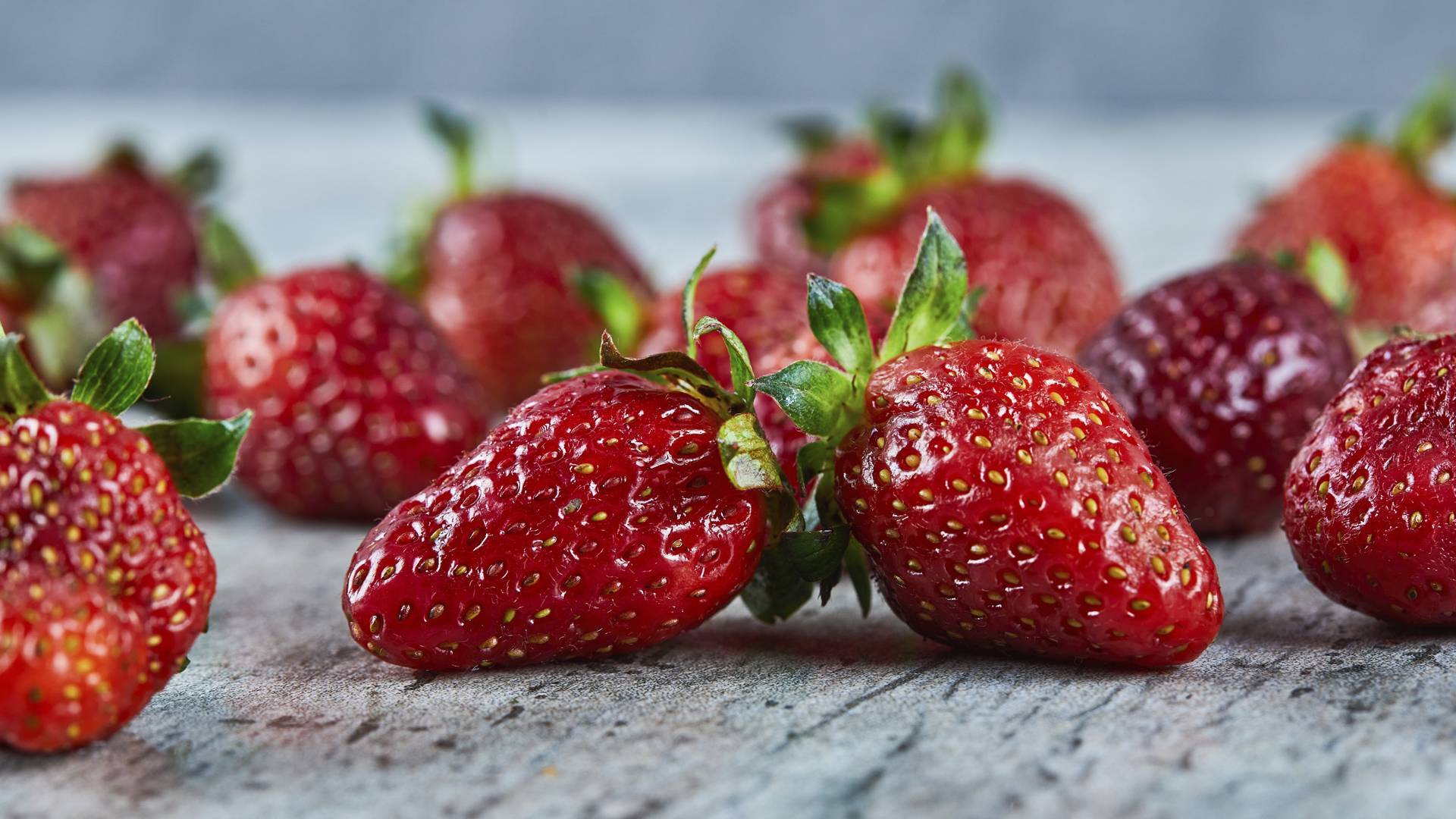How to preserve strawberries so that they will last longer at home without spoiling

There is something irresistible about strawberries. Their vibrant red color, sweet aroma and fresh taste make them one of the most appreciated fruits when spring arrives. From the traditional strawberry and custard tartlet to the refined French fraisier to the classic strawberry and banana milkshake, this fruit stars in countless recipes ranging from elaborate pastries to simple breakfasts and snacks.
However, anyone who has ever bought a box of strawberries knows that their freshness is short-lived. One day they are firm and juicy, and the next they begin to show signs of spoilage. Unlike apples or bananas, strawberries don't continue to ripen once picked, which means every hour counts from the time you get them home. So how can you keep them from spoiling in the refrigerator before you enjoy them in your favorite dessert?
Choose wisely or say goodbye early
It all starts at the supermarket or at the market. How long your strawberries last depends on how well you pick them. Look for those with a deep red color, without spots or white or green areas. If you see mold, soft spots or wilted leaves, keep looking. Every strawberry in the box counts and a bad one can accelerate the decay of the rest. Check the label to pick fruit that has been picked or packed more recently.
Another important key is transportation. Don't just throw them in the shopping bag or pile them under other produce. One bump in the road and your investment in fresh fruit will last less than you think.
Keep them away from the fruits that work against them.
Strawberries and bananas may pair well in a smoothie, but in the refrigerator they don't get along well. The ethylene released by fruits like apples and bananas accelerates the deterioration of strawberries, so store them separately.
Another common mistake is to wash them when you get home. As tempting as it sounds, the extra moisture accelerates the growth of mold and mildew. It's best to store them dry and in a container that allows ventilation with absorbent paper in the bottom to control moisture.
Chef tricks for strawberries that last longer
Some techniques can make a difference and help you gain extra days of freshness.
- A quick, hot bath. Soaking them in water at 120°F-140°F/50°C-60°C for 30 seconds helps eliminate microorganisms without altering their texture. Of course, if you apply this tip, make sure to dry them very, very well before storing them.
- Vinegar and baking soda, an unbeatable duo. Leave the strawberries in a mixture of water with a tablespoon of white vinegar and baking soda for 15 minutes. This method helps to delay the appearance of mold. Don't forget to rinse and dry them perfectly afterwards.
- Kitchen paper is your best ally. A simple piece of absorbent paper at the base of the container where you store them can work wonders in reducing accumulated moisture.
Yes to freezing strawberries, but not in any way.
If your strawberries are at their peak and you know you will not consume them in time, the freezer is your salvation. But it is not enough to put them in a bag and hope for the best.
- Wash and dry them well to avoid the formation of ice crystals.
- Remove the stems and place them on a tray without touching.
- Once frozen, transfer them to an airtight bag and store them in the freezer.
How about you?
Now that you have in your hands the best tricks to keep your strawberries fresh, it's time to put them to the test. Are you the type of person who eats them the same day or the one who prefers to extend their freshness as much as possible?
Tell us, which of these methods will you try first? Do you have any foolproof tricks we haven't mentioned? Share your experience and become the preservation expert we all need at home.
You may also be interested in:
 Patricia González
Patricia González
